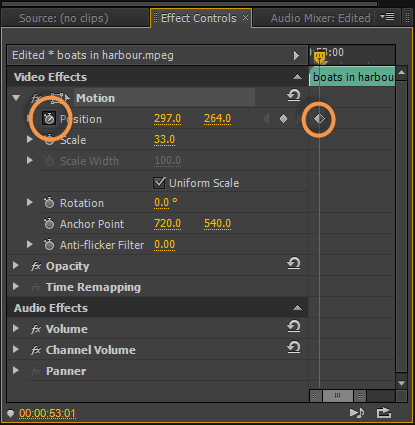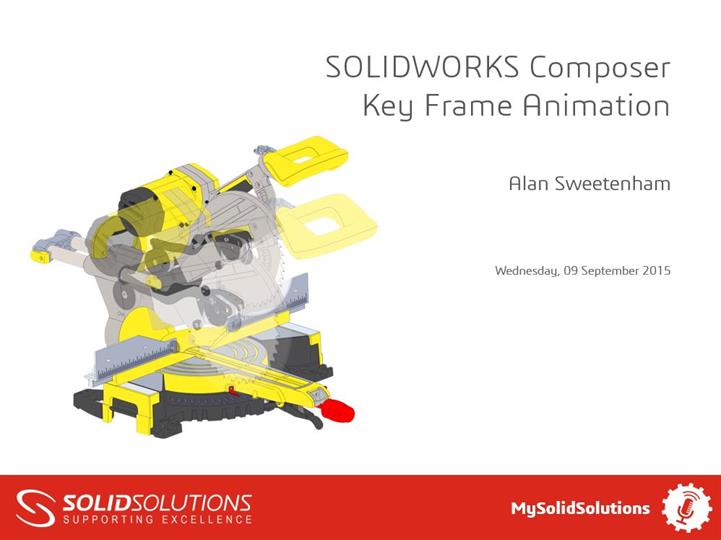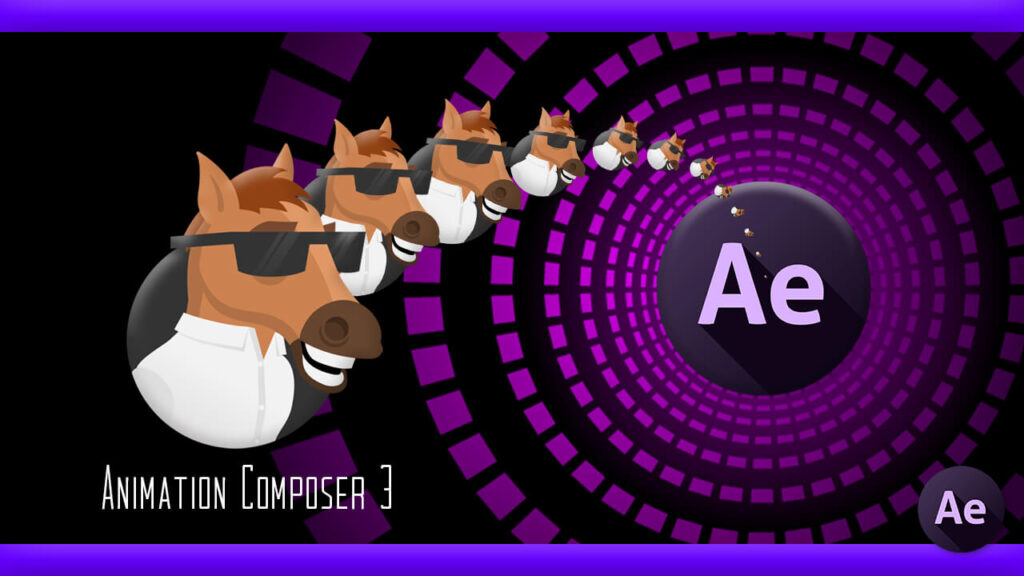

- #ANIMATION COMPOSER CHANGE TO KEYFRAMES HOW TO#
- #ANIMATION COMPOSER CHANGE TO KEYFRAMES ANDROID#
- #ANIMATION COMPOSER CHANGE TO KEYFRAMES CODE#
- #ANIMATION COMPOSER CHANGE TO KEYFRAMES DOWNLOAD#
Val buttonState = remember //3Īs mentioned before, will allow you to visualize this component in Android Studio, without having to build the entire app. Next, replace the AnimatedFavButton function with the following //2 You need this, as you’ll have to differentiate between your component being idle, and the user interacting with it! :] This creates an enum with the different states of your button, namely an idle and a pressed state.
#ANIMATION COMPOSER CHANGE TO KEYFRAMES CODE#
Add the following code at the top of the file: This is the file where you’ll work most of the time. Both options are fine, and you can choose which suits you the best! :] Note: You can use the preview and interactive modes throughout the tutorial, or simply build the app on an emulator, whenever the instructions say to build and run the app. You can try it out yourself, by tapping on the interactive icon. Using interactive mode, you can interact with your components! This allows you to click your buttons and preview them, focus text input, and much more. This is very similar to what you’re used to from XML.įinally, in the third selection, you can see something called interactive mode. Right now, you’re using the split option, which lets you preview both the code and the design. In the second selection, you can see the side menu and its options. Because of this annotation, you can preview your components, using the side menu. In the first selection, you can see the annotation within MainContent. Simply preview the component! You can see the annotation and special preview controls in the IDE below. You won’t have to build the app or navigate to certain screens. When you build the app at least once, you can interact with individual components, within the IDE. If you inspect the project closely, you’ll notice a special annotation in the MainActivity.kt file, called It is a new annotation, from the Jetpack Compose toolkit, that lets you preview all UI elements within Android Studio.
#ANIMATION COMPOSER CHANGE TO KEYFRAMES HOW TO#
This button doesn’t do anything now, but in this tutorial, you’ll learn how to animate this button from an idle state to a pressed state and backward. Right in the middle of the screen is the button you’ll animate. This app is just a showcase to animate a button with a very common functionality that can be reused in any number of apps. Then, open the starter project in Android Studio, where you’ll find Favenimate, a playground for your future animated button.
#ANIMATION COMPOSER CHANGE TO KEYFRAMES DOWNLOAD#
Nonetheless, this tutorial will help you prepare for their stable release.ĭownload the starter project by clicking on the Download Materials button at the top or bottom of the tutorial. Furthermore, you’ll need Android Studio 4.2 Canary, which is also a bit brittle. It’s also important to remember that Jetpack Compose is still under development, so it might change in the future. If you’re new to this, check out this Jetpack Compose tutorial and this more in-depth Jetpack Compose Primer tutorial.

Note: This tutorial assumes you’re familiar with the basics of Jetpack Compose.

The declarative nature of Jetpack Compose allows the developers to write beautiful and complex animations in an expressive and intuitive way. But what about Jetpack Compose Animations? Because of this, Jetpack Compose lets you develop apps using a more modular approach by writing less code and organizing it in smaller and reusable components, which are easier to maintain. Building declaratively means the code describes how the UI should look based on the available state, instead of changing the UI every time the state changes. Jetpack Compose is a new and super awesome toolkit for building native Android UI in a declarative fashion.


 0 kommentar(er)
0 kommentar(er)
